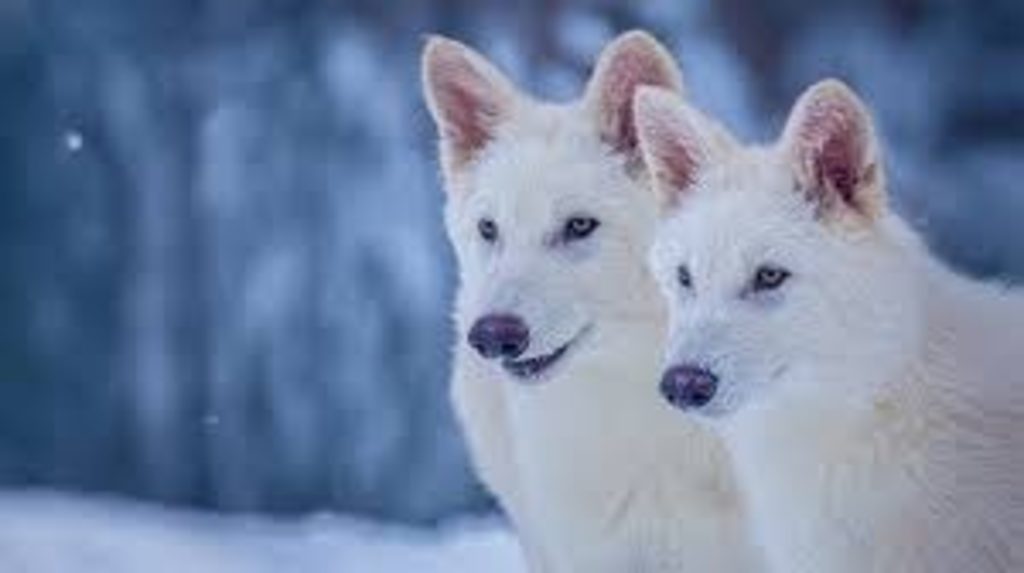We are now closer to real-life Jurassic Park than ever before.
In a groundbreaking achievement, scientists have announced the birth of three genetically engineered wolf pups designed to resemble the long-extinct dire wolf—a species that roamed North America over 10,000 years ago. This marks a significant milestone in the field of de-extinction, bringing us a step closer to reviving species lost to history.
The dire wolf, known scientifically as Aenocyon dirus, was a formidable predator during the Pleistocene epoch. Larger and more robust than today’s gray wolves, dire wolves were apex predators that hunted megafauna such as mammoths and giant bison. They vanished from the Earth around 10,000 years ago, likely due to a combination of climate change and the disappearance of their prey.
The recent revival effort was spearheaded by Colossal Biosciences, a Texas-based biotechnology company specialising in de-extinction projects. Using advanced gene-editing techniques, scientists at Colossal analyzed ancient DNA extracted from a 13,000-year-old tooth and a 72,000-year-old ear bone belonging to dire wolves. They identified 20 key genetic differences across 14 genes that distinguished dire wolves from their modern relatives, gray wolves. By editing these specific genes in gray wolf DNA, they aimed to recreate the physical characteristics of the extinct species.
The result of this ambitious project is the birth of three wolf pups — Romulus, Remus, and Khaleesi — who exhibit traits reminiscent of dire wolves, such as larger size, broader heads, and lighter fur. These pups were born via cesarean section to surrogate domestic dogs and are currently being raised in a secure 2,000-acre nature reserve in the United States.
However, the scientific community remains divided on whether these animals can truly be considered dire wolves. Critics argue that while the pups may physically resemble their extinct counterparts, they are essentially genetically modified gray wolves rather than true revivals of the species. The lack of a complete dire wolf genome and the limited number of genetic edits raise questions about the authenticity of the de-extinction claim.
Despite the controversy, the project has ignited discussions about the potential of de-extinction technologies in conservation efforts. Proponents suggest that such techniques could be used to bolster populations of endangered species or restore lost ecological functions. Colossal Biosciences, for instance, is also working on projects to revive the woolly mammoth and the Tasmanian tiger.
The ethical implications of de-extinction are complex. Concerns include the welfare of surrogate animals, the ecological impact of reintroducing extinct species, and the potential diversion of resources from conserving existing wildlife. Bioethicists emphasize the importance of considering not just whether we can bring back extinct species, but whether we should.
As Romulus, Remus, and Khaleesi grow, scientists will monitor their development to assess how closely they mirror the behaviours and characteristics of the original dire wolves. This ongoing observation will provide valuable insights into the effectiveness of gene-editing techniques and inform future de-extinction endeavors.
In the meantime, the birth of these pups serves as a testament to the rapid advancements in genetic engineering and our evolving relationship with nature. While we may not have a real-life Jurassic Park just yet, the boundaries between science fiction and reality continue to blur, prompting both excitement and caution as we navigate this new frontier.
Until next week, take care and be safe!
- ARNOLD CHANEL is an investor and business executive with years of tech expertise. He can be contacted on ceo@vanguardtech.pro. The views expressed in this article are his and not of this newspaper



